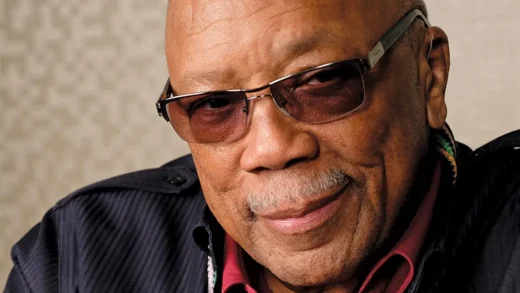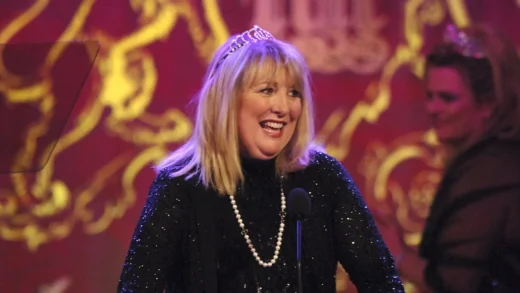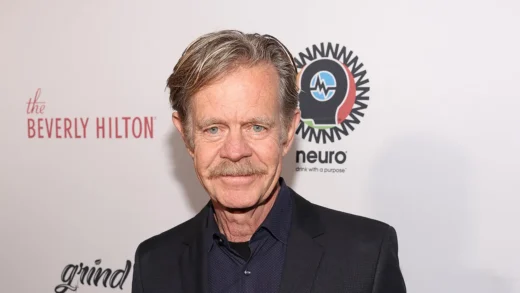Ask folks in Hollywood what they think of the Motion Picture Association of America’s Classification & Ratings Administration (CARA), and you’ll get an earful.
(Documentarian Kirby Dick made a whole film about it, “This Film Is Not Yet Rated.”) Filmmakers have become so sophisticated about the vagaries of the ratings board (one F-word per PG-13 movie) that they often manipulate the process by adding footage they’re willing to lose later in order to get what they want into their final cut.
And over the decades, ace marketers have followed the game plan perfected by Miramax’s Harvey Weinstein when he publicized battles with the ratings board just to get exposure for movies like “Scandal,” “The Cook, The Thief, His Wife & Her Lover,” “Clerks,” “Kids,” and “Fahrenheit 9/11.”
For the 50th anniversary, the MPAA released data on the nearly 30,000 films rated since 1968. This included figures for the number of films that received each of its ratings: G (1,574), PG (5,578), PG-13 (4,913), R (17,202), and X/NC-17 (524).
The MPAA has rated an average of 587 movies a year, with a high of 940 films rated in 2003, near the peak of the DVD boom. Since 1968, of the nearly 30,000 films rated, 1.4 percent have been appealed (428), and 0.6 percent have had their rating overturned (165). Since the introduction of the PG-13 rating, most years have seen one percent or fewer ratings appealed.
The one rating that the MPAA couldn’t copyright was X — a rating initially given to Oscar-winner “Midnight Cowboy” in 1969, which was later replaced with an R — which led to its swift co-option by the porn industry (rated XXX!) and a later replacement of the rating with NC-17.
Here’s a sampling of some of the more colorful ratings wars over the years.
“Sweet Sweetback’s Baadassssss Song” (1971)
“Indiana Jones and the Temple of Doom” (1984)

“Indiana Jones and the Temple of Doom”
Paramount/Kobal/REX/Shutterstock
The film that changed the rating system. Once upon a time, there was nothing between a PG and R rating. It’s a situation that left parents irate when they brought their children to see the PG-rated Indiana Jones sequel. The franchise took a dark and violent turn with the “Temple of Doom” story, which included a child slavery cult, dark magic and human sacrifice. Director Steven Spielberg ran into a similar backlash with “Gremlins,” which he produced, and proposed to MPAA president Jack Valenti that it was time to create of rating that fell between PG and R. And PG-13 was born. —Chris O’Falt
“Henry and June” (1990)
Philip Kaufman loosely adapted Anaïs Nin’s French-language book “Henry and June,” about her sexual encounters with “Tropic of Cancer” writer Henry Miller and his second wife, June. It bears the distinction of being the first film the MPAA assigned its NC-17 rating – the new designation the ratings board came up with to replace the X rating, which had become a kiss of death to any movie that received it. The NC-17 was meant to be more respectable. But it was only a few things that caused “Henry and June” to receive the rating: the inclusion of Hokusai’s octopus erotica, “The Dream of the Fisherman’s Wife,” and a few moments of louche behavior at a Baccanale. Perhaps recognizing that the audience for his film was certainly only adults to begin with, Kaufman did not fight the rating – many since have recut their films to ensure they would get the more commercial R rating. It seems fitting that already-deceased Miller, whose own works spawned censorship trials and were frequently banned throughout the US during his lifetime, would help inaugurate the NC-17. —CB
(Excerpt) Read More at: IndieWire.com





